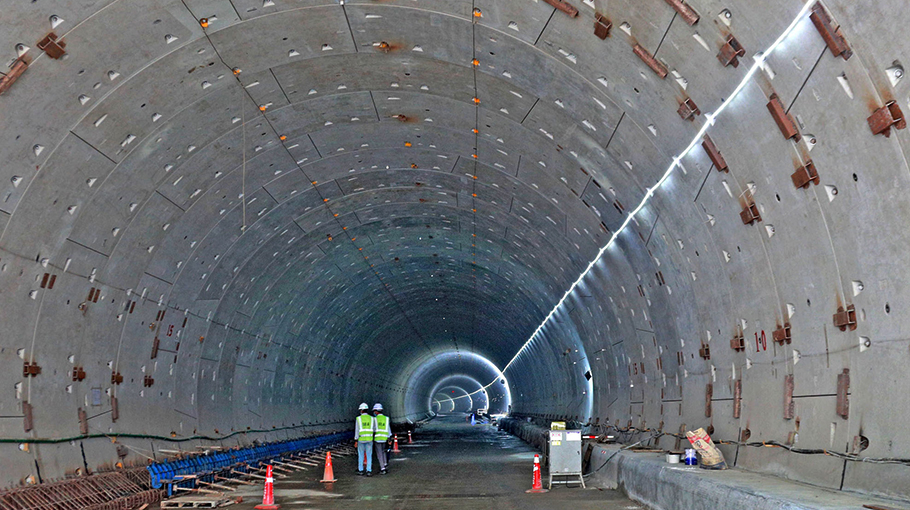This would represent an 18-place gain in the rankings in the next 14 years
The Centre for Economics and Business Research (CEBR) has predicted that Bangladesh is set to take the crown for the 24th largest economy of the world within 14 years, according to a report published Sunday.
This would represent an 18-place gain in the rankings.
CEBR, one of the UK’s leading economics consultancies, in its annual World Economic League Table also predicted that Bangladesh is likely to move up one notch in 2022 to place 41st on the list of 191 countries.
Moreover, the country is expected to reach 34th place in 2026, 29th position in 2031, and finally the 24th position in 2036.
The London-based think tank said that previously, Bangladesh held 58th, 59th, and 46th positions in 2006, 2011, and 2016, respectively, indicating an upward trend in economic performance and consistency in growth.

“As of 2021, Bangladesh is estimated to have a PPP adjusted GDP per capita of $5,733 and is classified as a lower-middle-income country. Prior to the onset of the Covid-19 pandemic, per capita incomes were on an upward trajectory, owing to a robust rate of economic expansion twinned with a low rate of population growth, which has averaged just 1.0% per year between 2016 and 2021,” the report reads.
Bangladesh has been amongst the world’s fastest-growing economies over the last decade due to a number of factors, the report adds.
“It benefits from a demographic dividend, with the share of its working-age population exceeding that of non-working age. In addition, strong international demand for its readymade garments [RMG] has bolstered income from exports, against a backdrop of stable macroeconomic conditions,” CEBR said.
These conditions, along with a competent workforce, skilled in information and communication technology, have enabled it to attract a large volume of investments from foreign companies into its telecommunications industry.
Moreover, its strategic location provides easy access to trade with China’s southwest via the Indian ocean; this has prompted China to invest heavily in the Bangladeshi economy over the last few years, the CEBR noted.
“Bangladesh’s economy expanded by 3.5% in 2020 — a rare achievement compared to international standards. This can be largely attributed to a relatively low incidence of the coronavirus in 2020, enabling economic activity to maintain some form of normalcy,” the report reads.
Strong remittance inflows, along with a rebound in exports, also contributed to the economy’s growth over the year, according to the CEBR.

“However, the emergence of the ‘Delta’ variant wreaked havoc in Bangladesh, with cases hitting approximately 16,000 at its peak. Nonetheless, the economy accelerated in 2021, with 4.6% growth expected this year, though this is far below pre-pandemic growth rates attained by the economy,” the report further reads.
The CEBR added that as of mid-December 2021, Bangladesh’s Covid-19 mortality rate has been generally low compared to most countries worldwide, with under 17 deaths per 100,000 inhabitants recorded since the onset of the pandemic.
More than half (52.4%) of residents have received at least one COVID-19 vaccine dose, signaling that the nation’s vaccination drive is on course by global standards. However, in all, the total share of the population who have been fully vaccinated stands at a much lower 26.6%.
The government operated a fiscal deficit of 5.9% in 2021, facilitated in part by the low debt to GDP ratio, the CEBR noted, adding that: “This is expected to have bolstered the economy in recent months. However, the economy faces multiple hurdles for its medium to long term outlook.”
The centers suggested that Bangladesh diversify its exports beyond the RMG sector as with the world moving towards a target of zero net emissions, it would be wise for Bangladesh to follow suit and incorporate sustainable practices into its production processes.
Addressing infrastructure gaps would also reduce disparities in opportunities across geographical regions, boosting economic growth in the process, it further said.
India has been holding the top position in the South Asian region since the first edition of the report came out in 2009 and is forecasted to become the third-largest economy by 2031.
Bangladesh is currently the second-largest economy in the region, says the report, and will continue to keep its position till 2036 with a GDP size of $884 billion at constant prices (currently $325 billion).
Pakistan (46th) holds the third position followed by Sri Lanka (69th), Nepal (99th), Maldives (154th), and Bhutan (164th) in South Asia.
The US (1st), China (2nd), and Japan (3rd) are currently the top three economies in the world, and it is forecasted that China will become the largest within the next decade.







